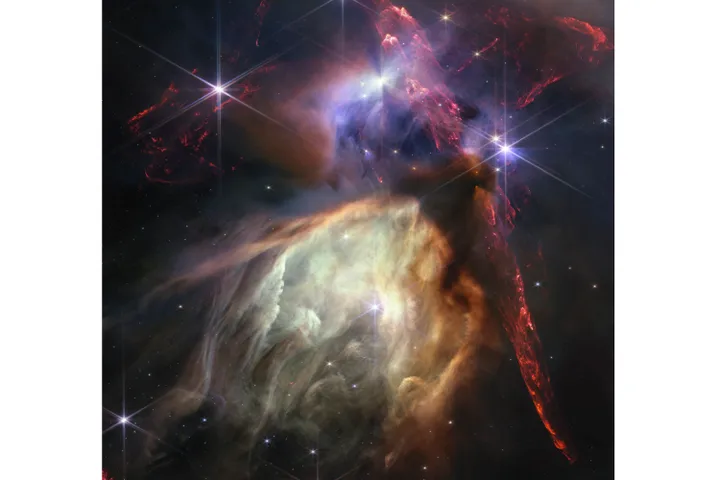
NASA’s James Webb Space Telescope has done it again and released a jaw-dropping photo which is, well, truly out of this world.
This time, it has shown us a new view of a structure called Ring Nebula, which is 2,600 light years away from Earth but is occasionally visible during a summer’s night.
Ring Nebula was born from a dying star which cast out its outer layers around 4,000 years ago. Those layers now make up pink rings surrounding the green mass which is filled with very hot gas (with temperatures above 100,000 degrees). It looks a lot like a donut, hence its name.
The appropriately named star also goes by a more scientific name of Messier 57 and can be found inside the Lyra constellation.
It was spotted back in the 18th century by astronomer William Herschel but he mistakenly thought its curves were planets.
It’s actually a white dwarf – the burnt remainder of a dead star – and, because of the array of chemicals it is releasing, it displays a whole array of different colours we can see in this photo.
This new image was released by an international team of astronomers, led by Professor Mike Barlow (UCL, UK) and Dr Nick Cox (ACRI-ST, France), along with Professor Albert Zijlstra of The University of Manchester.
The photo itself is a big deal because it shows the inner workings of the white dwarf in new detail, and is expected to offer new insight into the life cycle of stars.
A white dwarf is what stars (like the Sun) turn into when they run out of nuclear fuel and stop burning out.
Barlow, co-leader of the team of astronomers who released the images, said: ”We are witnessing the final chapters of a star’s life, a preview of the sun’s distant future so to speak, and JWST’s observations have opened a new window into understanding these awe-inspiring cosmic events.
“We can use the Ring Nebula as our laboratory to study how planetary nebulae form and evolve.”
Zijlstra also said: “We are amazed by the details in the images, better than we have ever seen before.
“We always knew planetary nebulae were pretty. What we see now is spectacular.”
The James Webb Space Telescope can see parts of the universe invisible to the human eye.
To celebrate the first anniversary since it was launched, it also released a photo showing the very moment a star is born in new detail – and it’s breath-taking.

